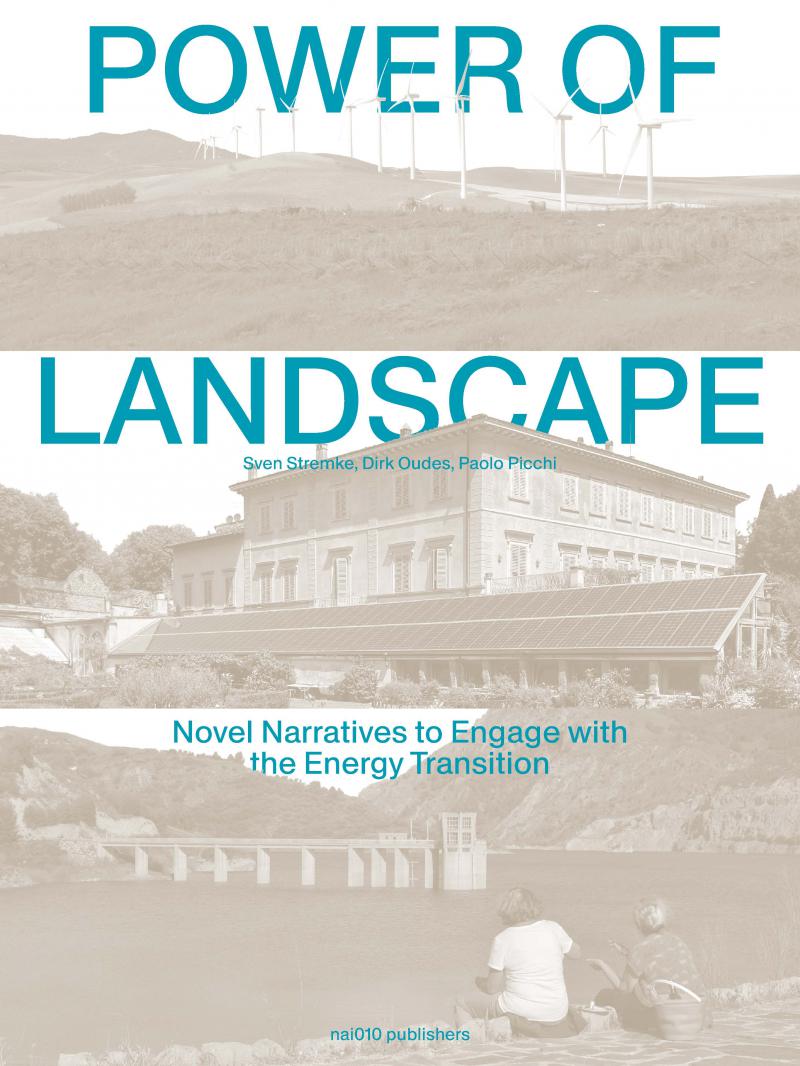
A relict windmill (traditionally used to pump water to drain wet land) near the Delft train station.
I left the Netherlands by ferry, crossing to Harwich UK, and that allowed me a bit of time to explore Delft and Rotterdam enroute to the port at Hook of Holland Haven (harbour). This was mostly tourist time for me, a chance to pursue good decaf coffee–the Dutch are highly caffeinated and look at me suspiciously and (I might be imagining this) a bit pityingly when I order it–and enjoy walking along canals and crossing the lovely little bridges. My many train, bus and tram trips have allowed me a lot of landscape views but little stability for photographs, so I was pleased to find a preserved windmill in the centre of Delft (left). These landscape stalwarts are still used to pump water to keep land dry in the Netherlands; much of that land is below sea level and in fact was once sea. Rotterdam is only 15 minutes away from Delft by train and has some very experimental architecture, including the spectacular Markthall, which can be seen in the distance below, like an upturned horseshoe. Then I made my way to the ferry terminal for what was, according to an employee, the roughest crossing of the North Sea in her 13 years with the company. Lucky me. The less said about that the better, but the wind fed the dramatic energy landscapes along the industrial harbour as we sailed out (bottom), and the offshore wind we encountered enroute. It was a wonderful trip, but it is great to be home (and on solid ground).








